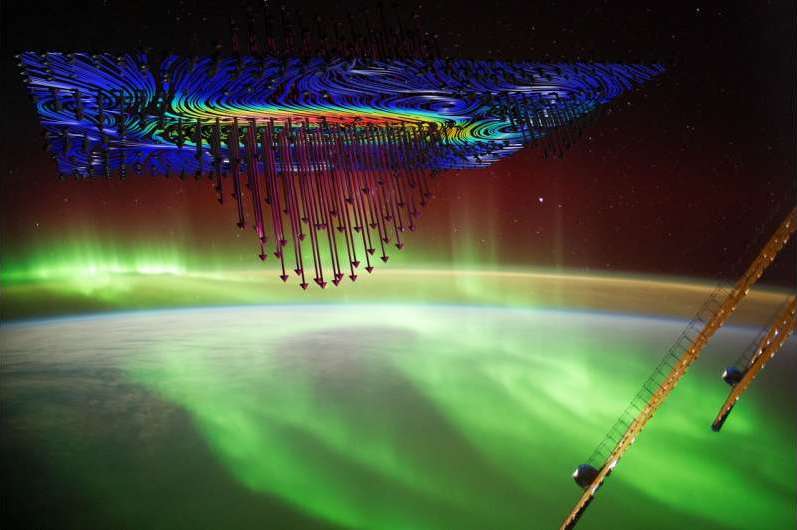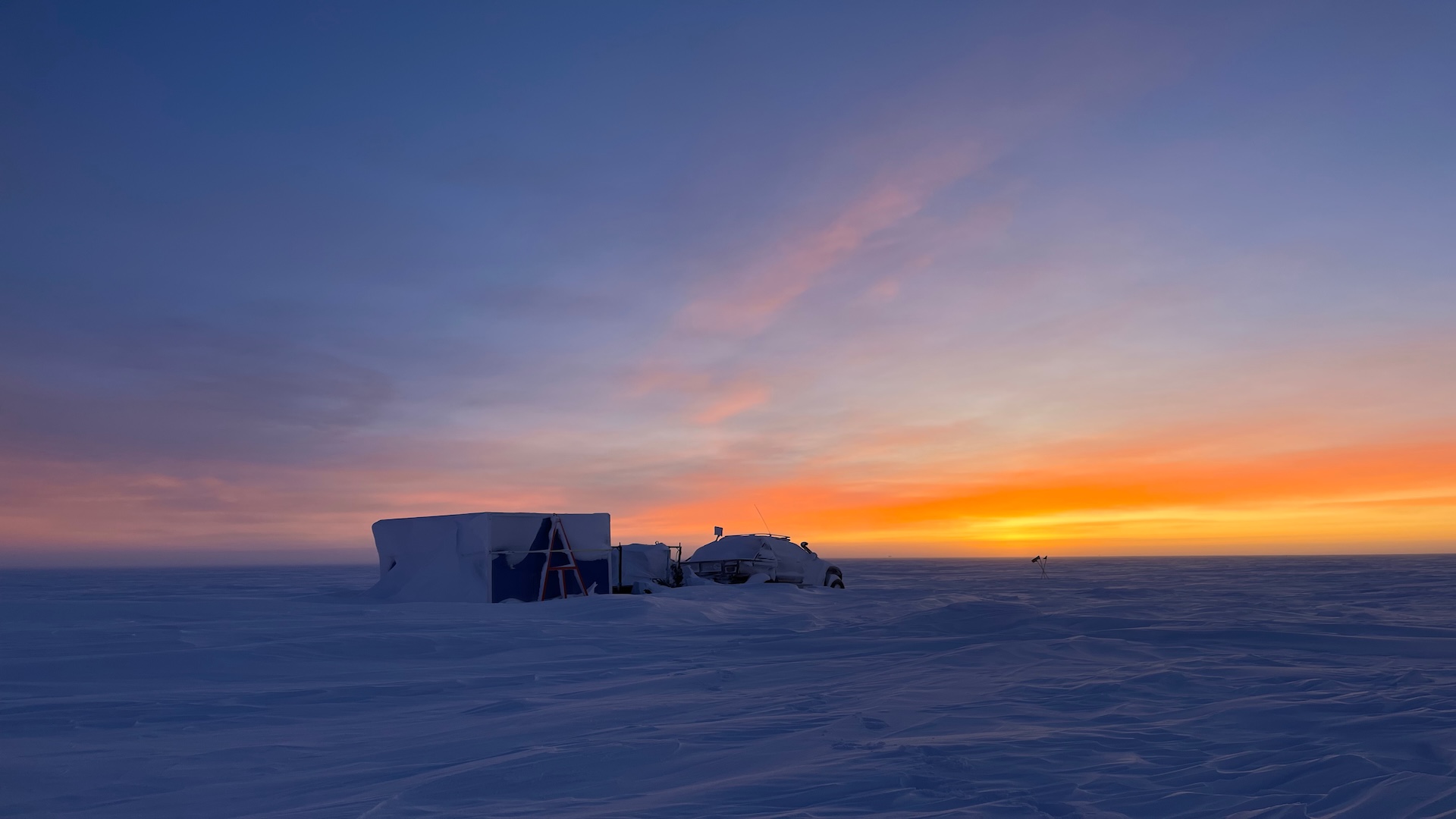Electrons 'surf' across space to create the northern lights, new study finds
Scientists finally have proof that particles are shredding across the cosmos on powerful Alfven waves.

Physicists are super stoked to share definitive evidence that the aurora borealis — that colorful sky glow also known as the northern lights — is the result of gnarly electrons "surfing" across the cosmos on powerful party waves. The team's findings were published June 7 in the totally tubular science journal Nature Communications.
Scientists have known for a while that the aurora occurs when energized particles from the sun soar across space and crash into Earth's magnetosphere. Those energized particles ride our planet's magnetic field lines into the upper atmosphere, where they collide with oxygen and nitrogen molecules, releasing dazzlingly colored light in the process.
But there's still a big, lingering question about the aurora process: How do those solar particles pick up enough speed and energy to crash into Earth's atmosphere with such force?
One popular explanation involves Alfven waves — powerful geomagnetic waves that propagate through plasma, a charged gas that makes up solar winds.
Related: Aurora photos: Northern lights dazzle in night-sky images
These waves can pick up stray electrons in plasma and accelerate them to extremely high speeds (faster than 45 million mph, or 72 million km/h) without knocking them off course. Space-based instruments have detected Alfven waves traveling toward Earth above auroras, but scientists lacked a definitive way of proving these waves were accelerating electrons — until now.
In the new study, researchers used an instrument called the Large Plasma Device (LPD) — a 65-foot-long (20 meters long) vacuum chamber at UCLA that's capable of holding a magnetic field — to recreate Alfven waves under conditions similar to those in solar winds. The team measured the velocity of electrons moving through the plasma chamber, and they found that a small number of electrons were indeed being accelerated to great speeds by the waves.
Get the world’s most fascinating discoveries delivered straight to your inbox.
The effect on the electrons was "similar to a surfer catching a wave and being continually accelerated as the surfer moves along with the wave," study co-author Greg Howes, an associate professor of physics at the University of Iowa, said in a statement.
The team's experimental results aligned perfectly with mathematical models and computer simulations of this wave-surfing effect, providing the first "definitive" proof that Alfven waves are powering the northern lights, according to the researchers. Cowabunga!
Originally published on Live Science.

Brandon is the space / physics editor at Live Science. With more than 20 years of editorial experience, his writing has appeared in The Washington Post, Reader's Digest, CBS.com, the Richard Dawkins Foundation website and other outlets. He holds a bachelor's degree in creative writing from the University of Arizona, with minors in journalism and media arts. His interests include black holes, asteroids and comets, and the search for extraterrestrial life.


